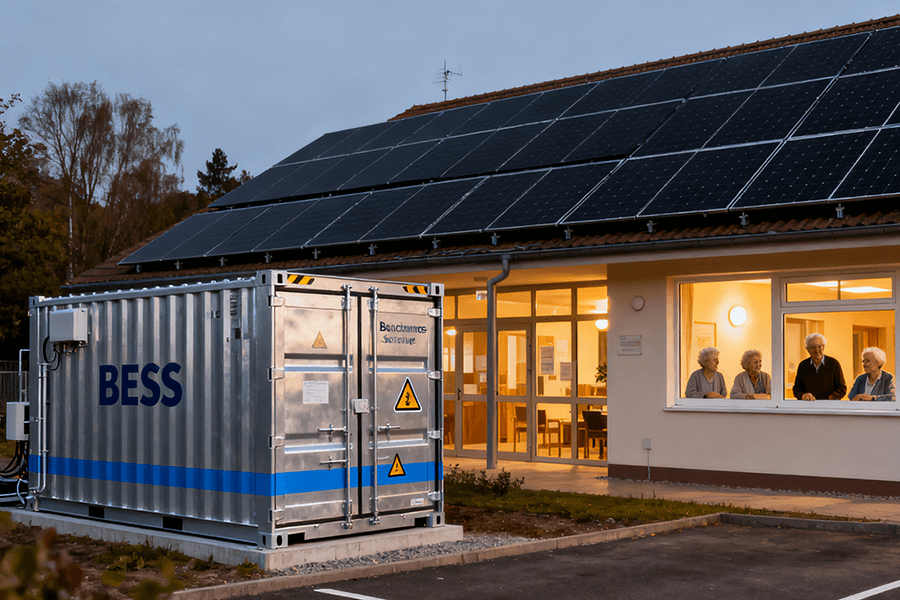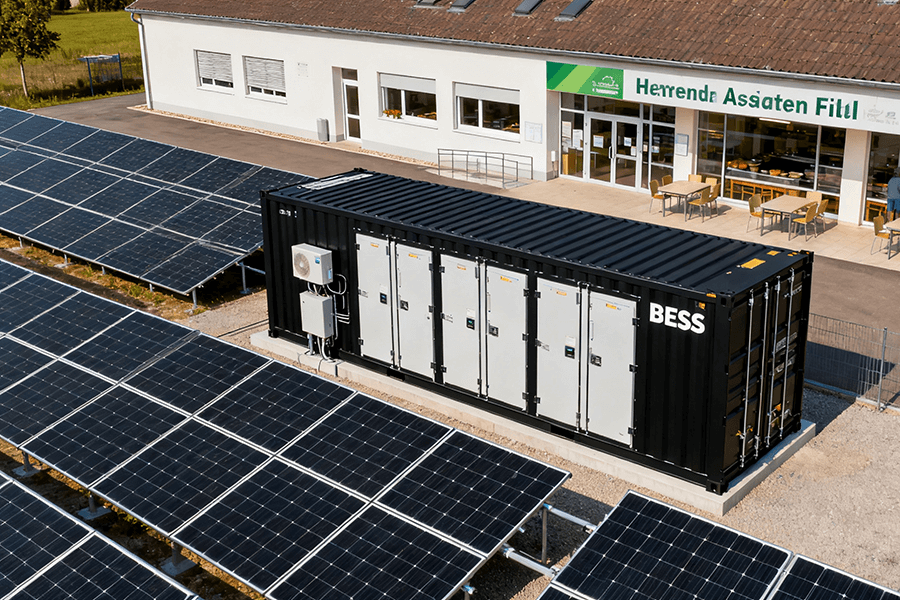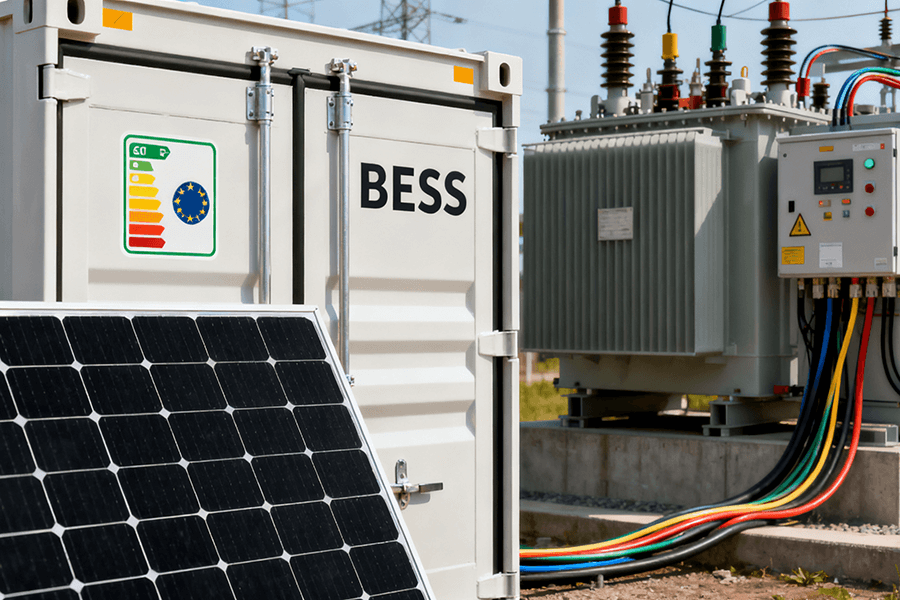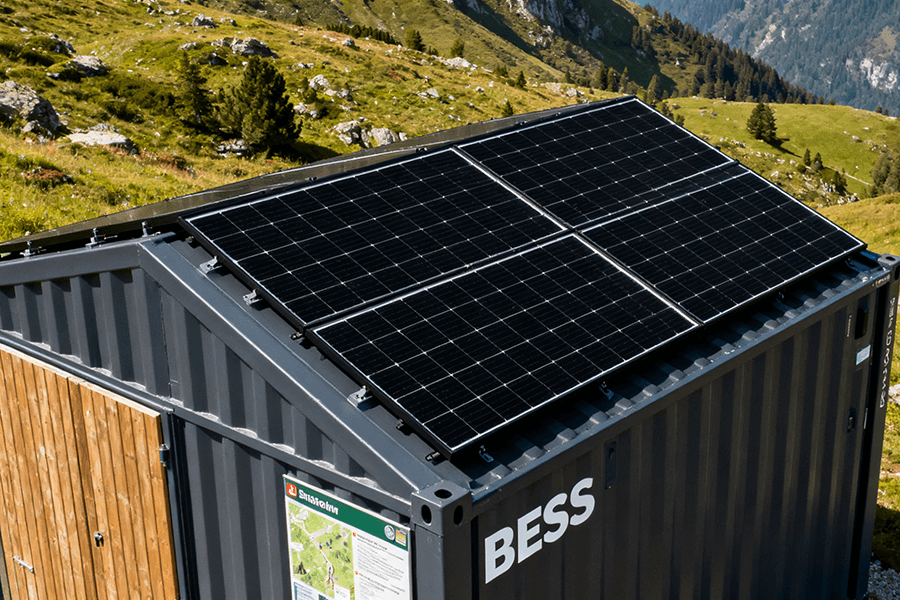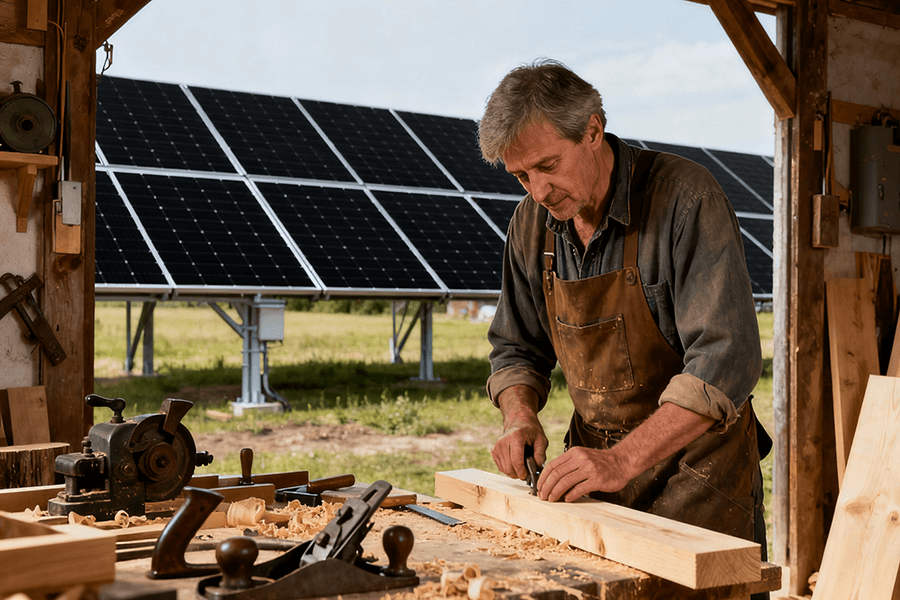How many solar panels for 1500 kWh daily? This is a common question for those planning solar energy systems, whether for residential, commercial, or industrial use. To generate 1500 kWh per day, you would typically require around 460 to 510 solar panels if using larger panels rated at 600W or above. The exact number depends on the type of system—off-grid, grid-tied, or hybrid—and the specific design considerations, such as sunlight availability and efficiency losses. Below, we provide a detailed explanation to guide your decision.
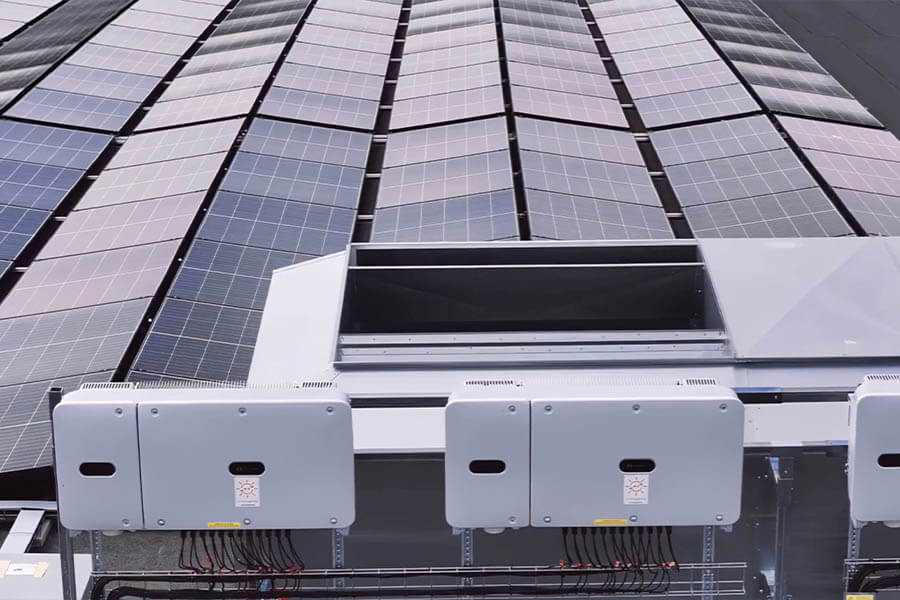
Understanding 1500 kWh: What Does It Mean?
Daily Energy Needs
Generating 1500 kWh per day means the system must consistently produce enough electricity to meet daily energy consumption. This could power:
- A small industrial facility.
- A residential microgrid for several households.
- A large off-grid farm or resort.
Solar System Components
To achieve this daily output, the solar system includes:
- Solar Panels: Capturing sunlight and converting it into electricity.
- Inverters: Converting DC electricity into AC for consumption.
- Optional Battery Storage: Storing excess power for off-grid or hybrid systems.
Calculating the Number of Solar Panels for 1500 kWh (≈ 500 panels)
The number of solar panels depends on several factors:
- Panel Power Rating: Larger panels, such as those rated at 600W or above, reduce the total number of panels needed.
- Sunlight Hours: In Europe, average peak sunlight ranges from 4 to 6 hours per day, influencing the required system size.
- System Losses: Efficiency losses (10-15%) from wiring, inverters, and shading.
Formula
- To calculate the total system size:
Total System Size (kW) = Daily Energy Demand (kWh) / Average Sunlight Hours (hours) - For example, assuming 5 sunlight hours per day:
Total System Size = 1500 kWh / 5 hours = 300 kW - Determining Panel Count
Number of Panels = Total System Size (kW) × 1000 / Panel Power Rating (W) - Using panels rated at 600W or higher:
Number of Panels = 300,000 W / 600 W ≈ 500 panels
Comparing System Types: Off-Grid, Grid-Tied, and Hybrid
Off-Grid Systems (330kW, 550 Panels)
Key Features
- Fully independent of the grid.
- Requires battery storage to handle nighttime use and cloudy days.
- Typically over-sized to ensure reliability.
Panel and Inverter Configuration
- Higher Panel Count: To compensate for storage inefficiencies and ensure sufficient power generation during low-light conditions, off-grid systems often require 10-30% more panels.
- Inverter Matching: Inverter capacity is generally 80-90% of total panel output, balancing cost and performance.
Example
- Total System Size: 330 kW (including 10% redundancy).
- Panel Count: 330,000 W / 600 W = 550 panels.
Grid-Tied Systems (300kW, 500Panels)
Key Features
- Directly connected to the local grid, with the grid as backup.
- No need for battery storage.
- Focused on meeting immediate energy demand.
Panel and Inverter Configuration
- Optimized Panel Count: Panel count aligns closely with theoretical demand.
- Inverter Capacity: Matches or slightly under-sizes total panel output to optimize efficiency.
Example
- Total System Size: 300 kW.
- Panel Count: 300,000 W / 600 W = 500 panels.
Hybrid Systems (315kW, 525 Panels)
Key Features
- Combines solar panels, battery storage, and grid connectivity.
- Offers flexibility and energy security.
- Supports both grid export and energy independence.
Panel and Inverter Configuration
- Moderate Panel Count: Slightly higher than grid-tied systems but lower than off-grid systems.
- Flexible Inverter Sizing: Adjusted to handle both storage and grid export requirements.
Example
- Total System Size: 315 kW (including 5% redundancy).
- Panel Count: 315,000 W / 600 W = 525 panels.
Factors Affecting Solar Panel Numbers
Sunlight Availability
In Europe, sunlight hours vary by location:
- Northern Europe (e.g., Germany): 4-5 peak sunlight hours.
- Southern Europe (e.g., Spain): 5-6 peak sunlight hours.
- Regions with fewer sunlight hours require larger systems.
Efficiency Losses
- Panel efficiency: Affects how much sunlight is converted into electricity.
- Inverter losses: Typically 5-10% during DC-AC conversion.
- Shading and weather: Impact overall system performance.
System Goals
- Energy Independence: Requires more panels for off-grid and hybrid systems.
- Cost Efficiency: Grid-tied systems often optimize panel count to reduce initial investment.
Final Thoughts
For a system designed to generate 1500 kWh daily, you will typically need 460 to 510 solar panels depending on the system type and configuration. Off-grid systems may require more panels for reliability, while grid-tied systems can achieve the same output with fewer panels. Hybrid systems offer a balance between these extremes.
The exact panel count depends on system type, sunlight availability, and efficiency losses. At Maxbo, we simplify the process by designing customized solutions for your energy needs. Contact us today to take the first step toward renewable energy independence.
Why Choose Maxbo?
At Maxbo, we specialize in one-stop solar solutions tailored to your unique needs. Whether you need an off-grid system for a remote location, a grid-tied system for urban use, or a hybrid solution for maximum flexibility, we provide:
- High-efficiency panels rated at 600W or above for space-saving designs.
- Customized configurations based on your location and goals.
- Compliance with European solar standards.
Explore our solar solutions to see how we can power your future.
Website: www.maxbo-solar.com
Email: [email protected]
Solar System Price for Home Solar System Price for Home Solar System Price for Home Solar System Price for Home Solar System Price for Home Solar System Price for Home Solar System Price for Home Solar System Price for Home Solar System Price for Hom
Solar System Price for Home Solar System Price for Home Solar System Price for Home Solar System Price for Home Solar System Price for Home Solar System Price for Home Solar System Price for Home Solar System Price for Home

